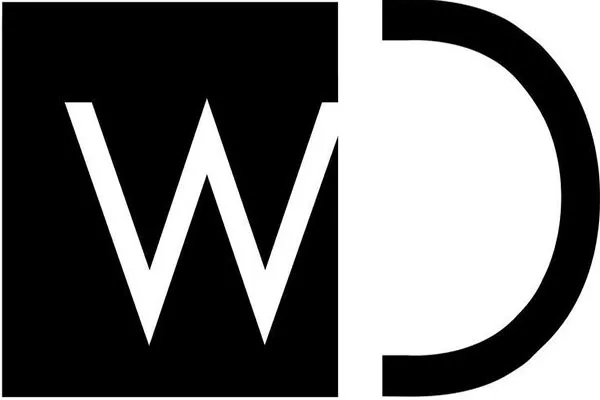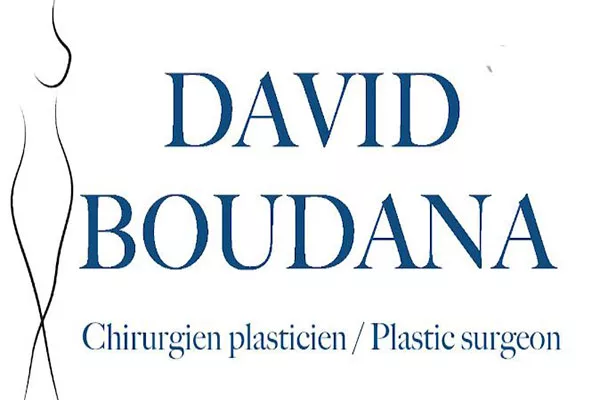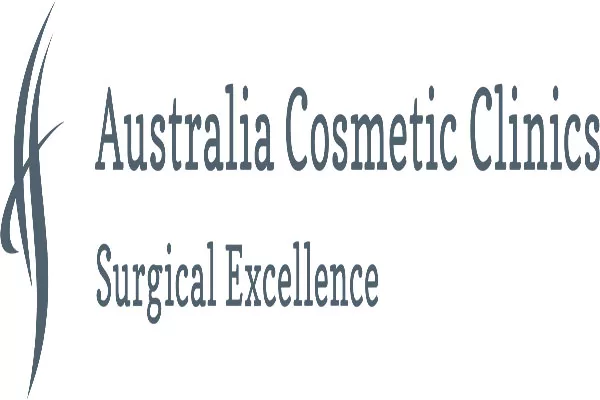Breast lifts are a popular surgical procedure that many women consider to enhance the appearance of their breasts. As the aging process, pregnancy, and weight fluctuations occur, breasts can become saggy and lose their firmness. A breast lift can help to improve the overall shape and position of the breasts, restoring a more youthful, perky appearance. However, as with any elective surgery, it is important to thoroughly consider the risks and benefits before making a decision. In this article, we will explore the different types of breast lifts, what to expect during and after surgery, and the potential risks and benefits.
Types of Breast Lifts
There are different types of breast lifts, and the type of lift that a patient needs will depend on the degree of sagging and the desired outcome. The following are the most common types of breast lifts:
- Crescent lift – This is the least invasive type of lift and involves making a small incision at the top of the areola to remove a small crescent-shaped piece of skin.
- Peri-areolar lift – Also known as a “”donut”” lift, this procedure involves removing a ring of skin around the areola and repositioning the nipple to a higher position.
- Vertical lift – This type of lift involves a lollipop-shaped incision around the areola and down the front of the breast to remove excess skin and tissue.
- Full anchor lift – This is the most invasive type of lift and involves making an anchor-shaped incision that extends around the areola, down the front of the breast, and along the inframammary fold to remove excess skin and tissue.
A surgeon will evaluate and recommend the best type of breast lift for each patient’s individual needs.
What to Expect During Surgery
Breast lift surgery is usually performed under general anesthesia and can take between 2 to 4 hours, depending on the type of lift and the extent of the procedure. The following are some general steps that a patient can expect during surgery:
- The surgeon will make the appropriate incisions according to the type of lift being performed.
- Excess skin and breast tissue will then be removed to reposition the breast and nipple to a higher position.
- The remaining tissue will be reshaped and the incisions will be closed with sutures.
- A surgical bra or bandage will be applied to help support the breasts during the healing process.
Patients can usually return home on the same day as the surgery, but it is recommended to have a trusted family member or friend drive them home and stay with them for the first 24 hours. It is also important to avoid any strenuous activities or heavy lifting for several weeks following surgery.
Recovery and Aftercare
The recovery period for a breast lift typically takes about 2-4 weeks, depending on the extent of the procedure. Patients may experience some discomfort, swelling, and bruising for the first few days, which can be managed with pain medication prescribed by the surgeon. The following are some general aftercare instructions that patients should follow:
- Wear a supportive bra or surgical compression garment as advised by the surgeon.
- Avoid any strenuous activity, heavy lifting, or exercise for at least 2-3 weeks.
- Avoid sleeping on the stomach for the first few weeks.
- Keep the incision areas clean and dry to prevent infection.
- Attend all follow-up appointments with the surgeon to monitor healing progress and manage any potential complications.
It is also essential to maintain a healthy diet and lifestyle to promote faster healing and optimal results. Patients should inform their surgeon of any changes, concerns, or questions during the recovery period.
Risks and Complications
As with any surgical procedure, there are risks and potential complications associated with breast lift surgery. It’s essential for patients to thoroughly understand and discuss these risks with their surgeon prior to the procedure. The following are some of the common risks and complications of breast lift surgery:
- Scarring – Breast lift surgery involves incisions that can result in permanent scarring, with the level of scarring varying depending on the type of lift performed.
- Changes in sensation – Patients may experience temporary or permanent changes in nipple or breast sensation after surgery.
- Infection – Infection can occur at the surgical site, which can delay the healing process and require additional treatment.
- Bleeding/hematoma – Heavy bleeding can occur during or after surgery, which can require additional surgery to repair.
- Implant complications – Patients who have breast implants may experience complications such as ruptures, leaks, or shifting.
It’s crucial to follow all post-operative instructions and attend all follow-up appointments with the surgeon to minimize the risk of complications and to ensure proper healing.
Candidacy for Breast Lift Surgery
Breast lift surgery may not be suitable for everyone. Ideal candidates for breast lift surgery are women who:
- Are in good overall health
- Are non-smokers or willing to quit smoking
- Have realistic expectations for the outcome of the procedure
- Are bothered by sagging or drooping breasts
- Have nipples that fall below the breast fold
- Have breasts that have lost firmness or elasticity after weight loss, pregnancy, or aging.
It is recommended for patients to schedule a consultation with a board-certified cosmetic surgeon to discuss their individual concerns, expectations, and if they are good candidates for the procedure. The surgeon will evaluate the patient’s medical history, the degree of sagging, and the quality of the skin to determine what type of lift is appropriate for them.
Cost of Breast Lift Surgery
The cost of breast lift surgery varies depending on the surgeon’s experience, location, the type of lift, and the extent of the procedure. The following are some of the factors that can influence the cost of breast lift surgery:
- Surgeon’s experience and reputation
- Location of the surgical facility
- Anesthesia and surgical facility fees
- Required medical tests
- Prescribed medications
On average, breast lift surgery can cost between $4,000 to $10,000. It’s important to note that most insurance companies do not cover the cost of breast lift surgery since it is considered an elective cosmetic procedure. However, some practices do offer financing options to help patients manage the cost of the procedure. Patients should discuss the cost and available payment options with their surgeon during the consultation.
Breast Lift Surgery vs. Breast Augmentation
Breast lift surgery and breast augmentation are two different procedures that can be performed to enhance the appearance of the breasts. While they can be performed separately, they can also be combined for patients who want to increase the size and lift of their breasts. The main difference between the two procedures is their goal:
- Breast lift surgery is performed to lift and reshape sagging breasts, improve their position, and restore their youthful appearance.
- Breast augmentation is performed to increase the size and volume of the breasts, enhance their shape, and improve their symmetry.
Both procedures have different types of risks and benefits, and the choice between the two will depend on the patient’s individual needs and goals. It’s recommended for patients to schedule a consultation with a board-certified cosmetic surgeon to discuss which procedure is best suited for their individual needs.
Conclusion
Breast lift surgery is a safe and effective procedure that can improve the appearance of sagging or drooping breasts. Patients who undergo breast lift surgery can enjoy a more youthful, perky appearance and greater self-confidence. However, as with any elective surgery, it is essential to thoroughly consider the potential risks and benefits before making a decision.
With the right surgeon, proper aftercare, and realistic expectations, breast lift surgery can be an excellent way to restore the shape and position of the breasts. Patients should schedule a consultation with a board-certified cosmetic surgeon to discuss their individual concerns, goals, and candidacy for the procedure. By working closely with their surgeon, patients can achieve the best possible results and maintain their new look for many years to come.
Additional Resources
For more information on breast lift surgery, the following resources may be helpful:
1. American Society of Plastic Surgeons – information on breast lift surgery, risks, and benefits: https://www.plasticsurgery.org/cosmetic-procedures/breast-lift
2. MedlinePlus – overview of breast lift surgery, including before and after care: https://medlineplus.gov/ency/article/002984.htm
3. National Institute of Health – information on the anatomy of the breast, including sagging and drooping: https://www.ncbi.nlm.nih.gov/books/NBK470398/
4. RealSelf – patient reviews, before and after photos, and Q&A on breast lift surgery: https://www.realself.com/breast-lift
5. WebMD – guide to breast lift surgery, including risks, benefits, and recovery: https://www.webmd.com/beauty/cosmetic-procedures-breast-lift-surgery
References:
1. American Society of Plastic Surgeons. (2021). “”Breast Lift.”” Retrieved from https://www.plasticsurgery.org/cosmetic-procedures/breast-lift
2. MedlinePlus. (2019). “”Breast Lift.”” Retrieved from https://medlineplus.gov/ency/article/002984.htm
3. National Institute of Health. (2018). “”Anatomy, Breast.”” Retrieved from https://www.ncbi.nlm.nih.gov/books/NBK470398/
4. RealSelf. (2021). “”Breast Lift.”” Retrieved from https://www.realself.com/breast-lift
5. WebMD. (2017). “”What to Expect During a Breast Lift Surgery.”” Retrieved from https://www.webmd.com/beauty/cosmetic-procedures-breast-lift-surgery”







